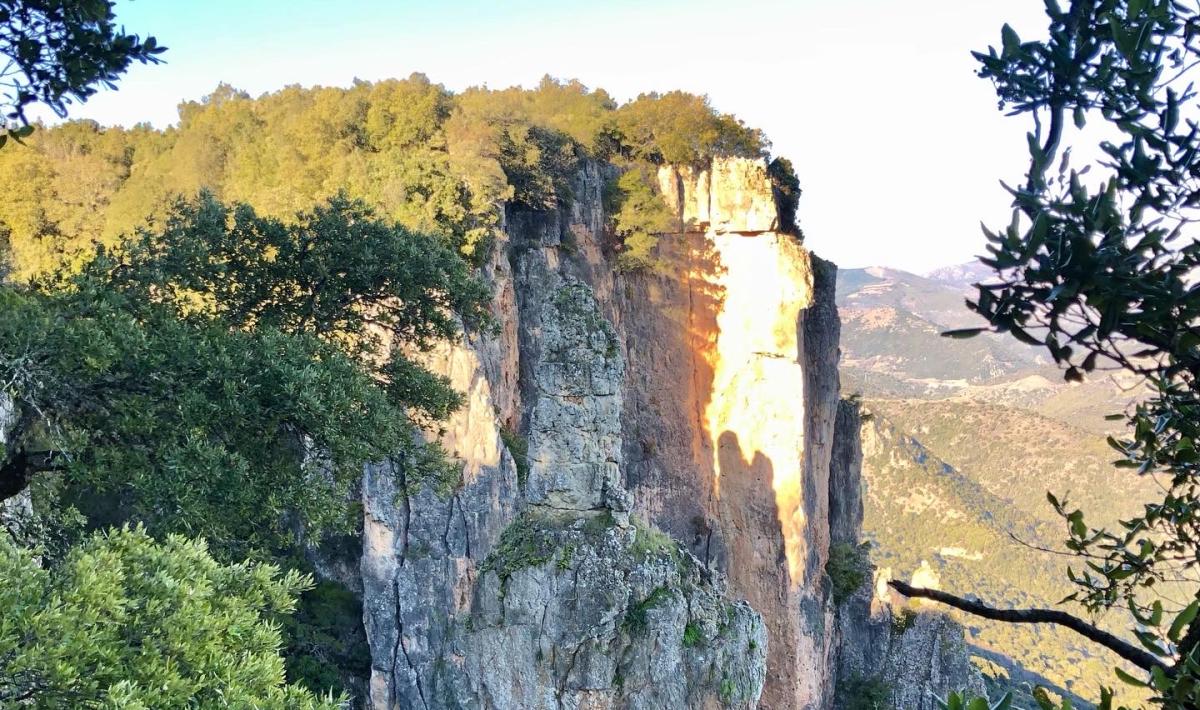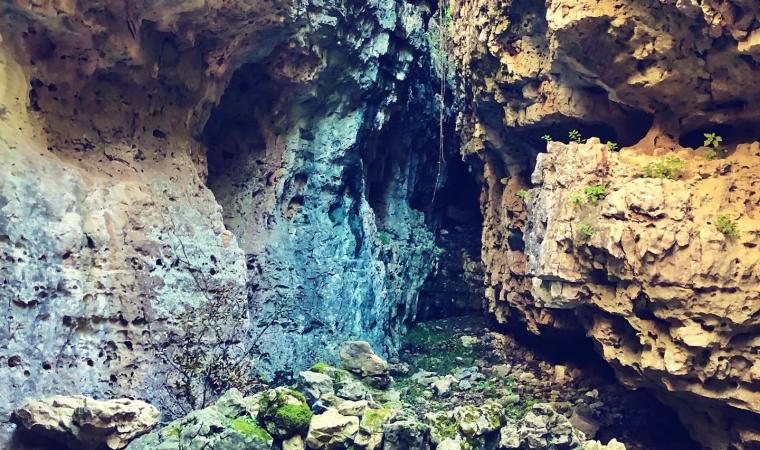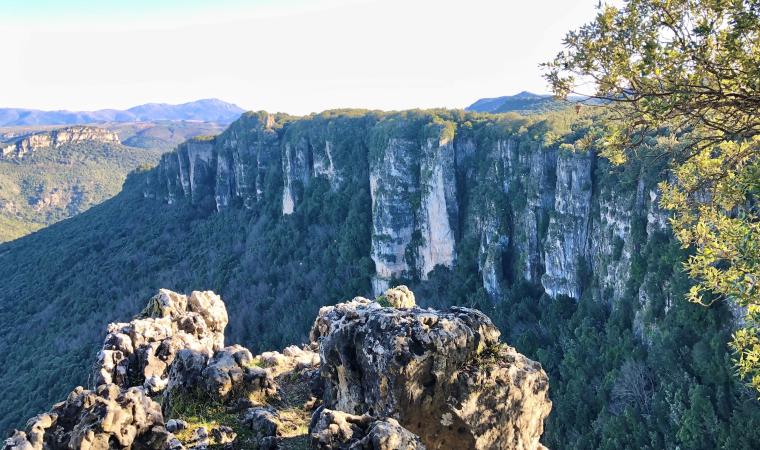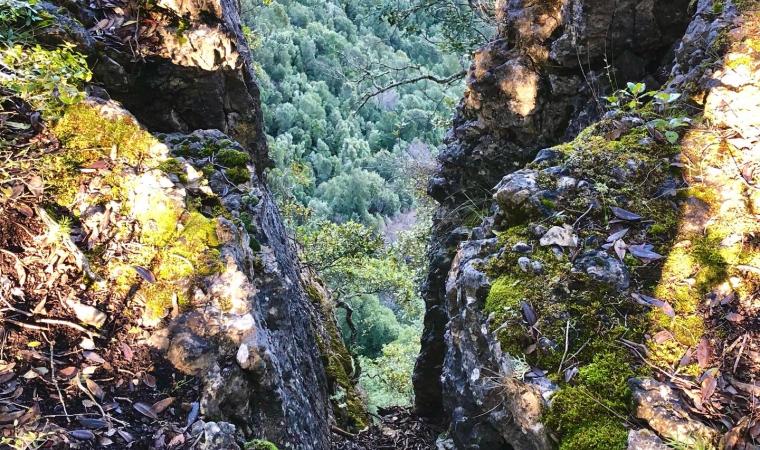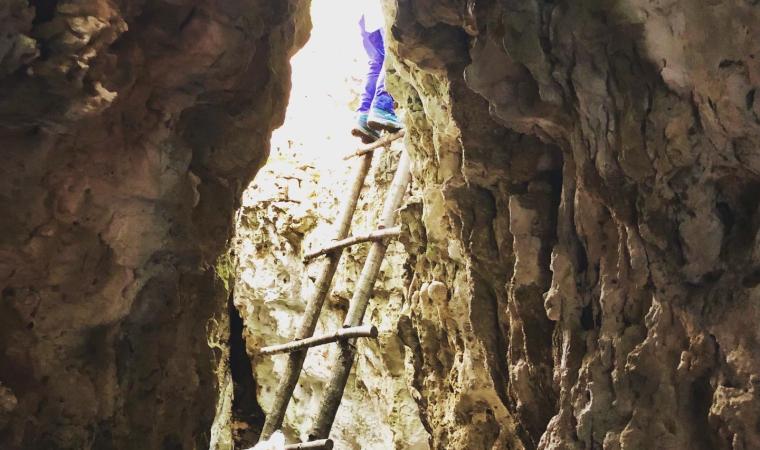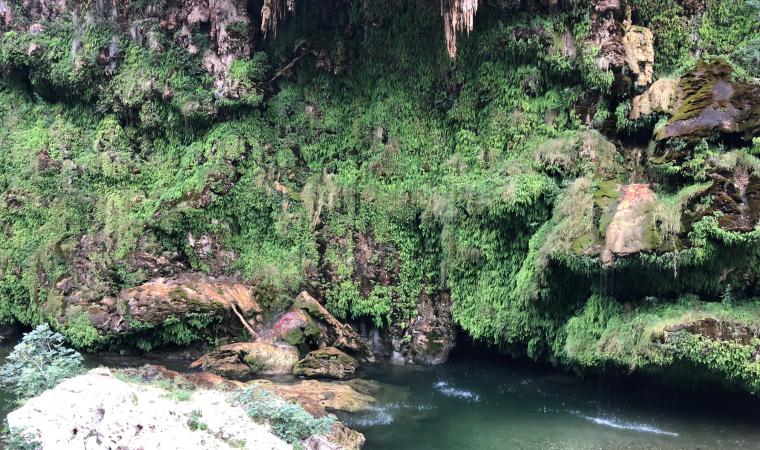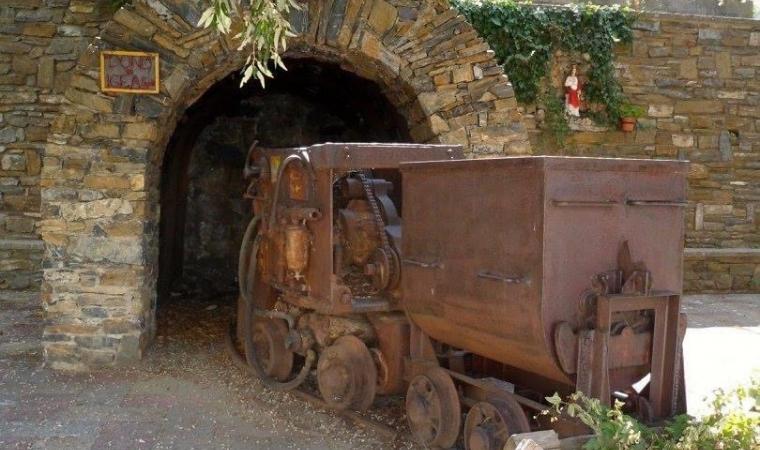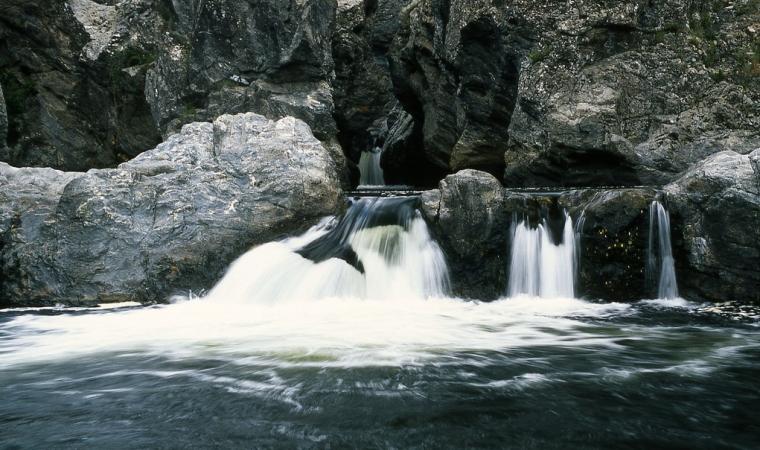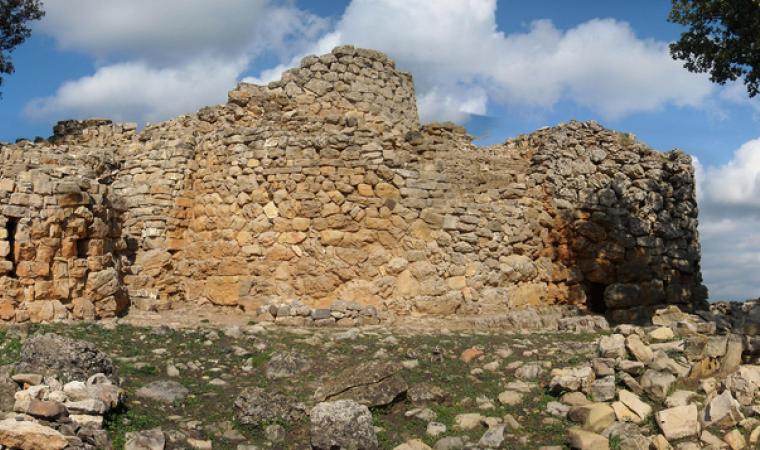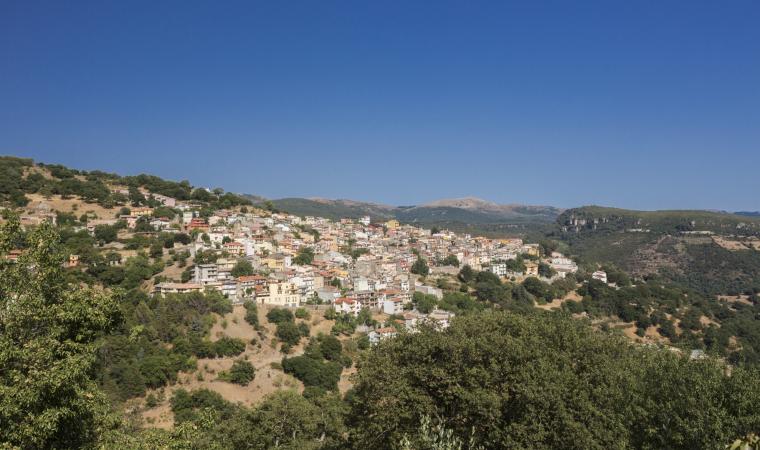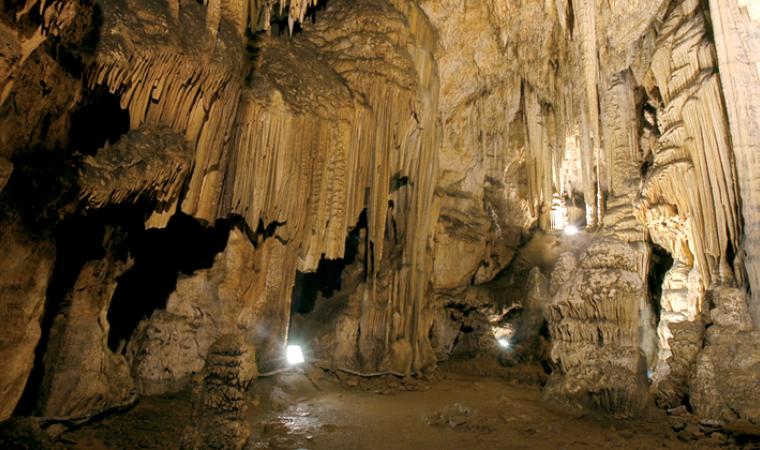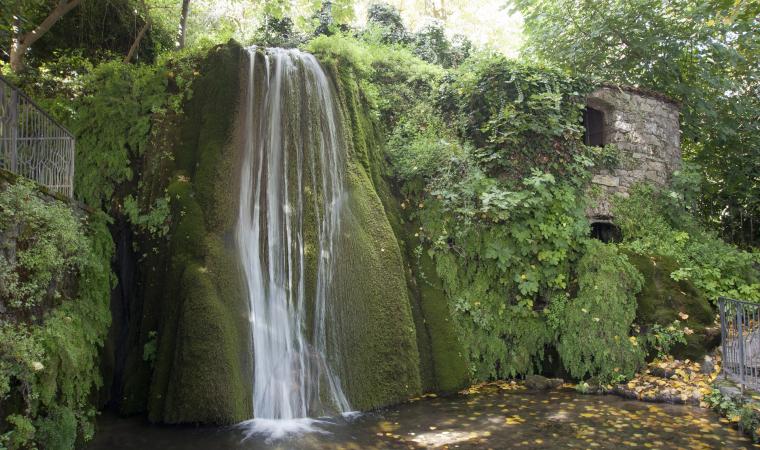An enchanted, deeply primordial landscape sculpted by the forces of nature, with cliffs, labyrinths, pinnacles and caves draped with woods and criss-crossed by streams of clear pure water. You can enjoy all of this hiking along the is Breccas trail inside the Corongia forest, which lies within the territory of Gadoni. The trails snake their way through a high plain that looks out over the Flumendosa Valley, where the wind and rain had fun carving the schist and limestone rock to create vistas of timeless beauty. Particular rock formations become vertical outcrops which, when you walk amongst them, become something of a labyrinth, complete with rocky arches and hidden stairs. As you hike in the forest you will spot Holm oaks, yews, Downy oaks, juniper trees, and smaller plants like strawberry trees, heather and mastic trees, as well as such floral species as peonies and wild orchids. And there is no lack of marvellous sights, such as the pinnacle known as su Campanili – which the people of Gadone call su Campalini – an 'inverted' spire that rises 84 metres, and is slenderer at its base than its top.
From a panoramic belvedere you can enjoy views that span the entire Flumendosa valley. The natural phenomena that created the su Campanili ‘bell tower’ also sculpted the steep cliffs of Lattinazzu, which in some places soars up to 100 metres. There is no shortage of cavities and ravines: su Disterru 'e Luritta is a 10-metre-wide circular chasm. The sa Corongia cave is famous for having been the hideout of, at the end of the 19th century, one of the area’s most ferocious bandits, Michele Moro, known as Torracorte, when he was in hiding. Vaults of up to 70 metres high characterise the caverns of the Gruttas Albas, while in the grutta de Perdu, graced with stalactites and stalagmites, there is a hidden pond fed by a small waterfall that rains gently down at the front of the entrance, similar to the nearby and more famous sa Stiddiosa waterfall.
The trails that criss-cross the high plains and the Corongia forest are ideal for hiking and mountain bike excursions. There is a nice rest spot with picnic table at Bauzzoni. Now and again, you’ll see the remains of ancient charcoal pits, perhaps the only relic of human presence in an otherwise pristine landscape. Proof of the human exploitation of natural resources can, however, be found just a few kilometres further north. There you will find the Funtana Raminosa mines, an industrial archaeology site that is part of the historical mining and environmental park of Sardinia. Known since Nuragic times, today the copper deposit is an open-air and underground museum nestled in a fairy-tale setting. Here you can see where the mined material was washed, step into some of the galleries, admire the well-preserved machinery, quite revolutionary for the times, and listen to the tales of centuries of mining history.

